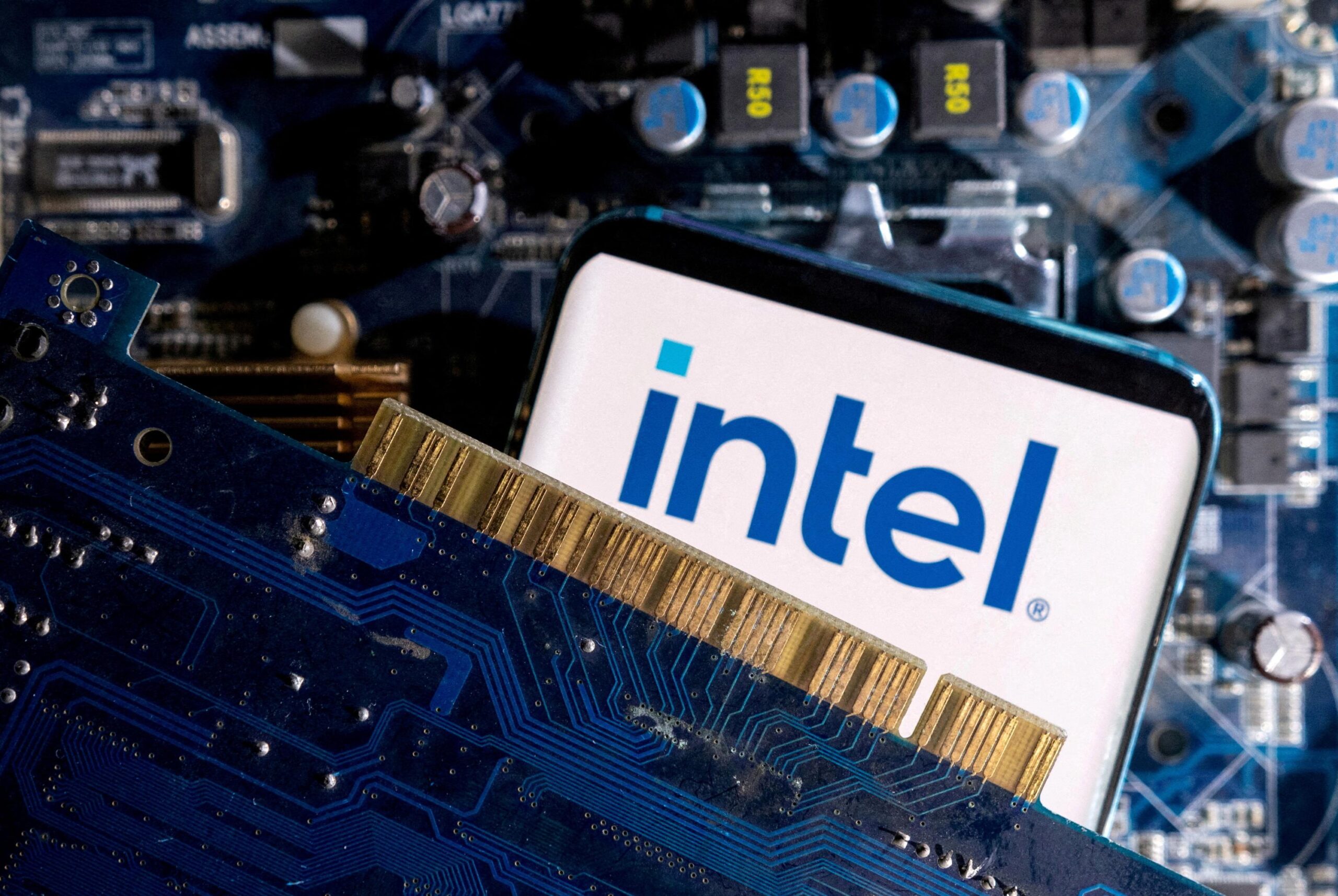
Intel Delays Ohio Chip Factory Opening by Years Amid Sluggish Demand
Intel, the semiconductor giant, announced on Friday, February 28th, a significant delay in the construction of its advanced chip manufacturing facilities in Ohio. The company cited insufficient market demand as the primary reason for pushing back the timeline by several years, a setback that arrives as the United States aims to revitalize its domestic semiconductor production and reduce its reliance on foreign suppliers.
According to a statement released by Intel, the company is adjusting its plans to align the operational launch of its new fabrication plants, or "fabs," with actual business needs and the broader demand in the global semiconductor market. Naga Chandrasekaran, a senior vice president at Intel, conveyed this message to employees, emphasizing a prudent approach to capital expenditure and resource allocation.
The two planned facilities, representing a massive investment of $28 billion, are now slated for completion in 2030 and 2031. This revised timeline means that the first fab will not be operational before 2030, a substantial delay from the initial plans announced in 2022, which anticipated production commencing as early as this year.
Chandrasekaran underscored the importance of a "financially responsible" approach. "We will continue construction at a slower pace, while maintaining the flexibility to accelerate work and start operations if customer demand warrants it," he stated, leaving the door open for a potential speed-up if market conditions improve significantly.
Intel has been a major beneficiary of government subsidies aimed at bolstering domestic chip manufacturing. Last year, the company received substantial funding from the previous administration to support its construction projects in the United States, including $20 billion in March and nearly $8 billion in November. These subsidies were justified by Intel’s ability to establish a complete, end-to-end production chain within the U.S., encompassing everything from chip foundry operations to advanced packaging technologies.
The Department of Commerce has projected that Intel’s investments will create a significant number of jobs in the U.S., estimating around 10,000 manufacturing jobs and 20,000 construction jobs across Intel sites located in Arizona, New Mexico, Oregon, and now, Ohio.
These financial incentives are part of a broader national strategy embodied in the CHIPS Act, enacted in 2022. The CHIPS Act aims to revitalize the U.S. semiconductor industry and reduce the nation’s heavy dependence on Asian manufacturers, particularly in Taiwan and South Korea. Decades ago, the United States produced more than 40% of the world’s semiconductors. However, today, the U.S. accounts for less than 10% of global production, and an even smaller fraction of the most advanced, cutting-edge chips.
The delays in Intel’s Ohio project underscore the challenges in reshoring semiconductor manufacturing. The industry is highly complex and capital-intensive, requiring massive investments, advanced technology, and a skilled workforce. Bringing these capabilities back to the U.S. requires not only financial incentives but also a sustained commitment from both government and industry.
While the current administration supports the CHIPS Act, the previous administration, under Donald Trump, favored a different approach. Trump advocated for using tariffs and trade barriers to pressure companies into relocating production to the United States.
Adding to Intel’s woes, the company has been struggling to maintain its competitive edge in the rapidly evolving landscape of artificial intelligence (AI). The rise of generative AI, fueled by the popularity of models like ChatGPT, has propelled the stock prices of many semiconductor companies, most notably Nvidia, which specializes in graphics processing units (GPUs) essential for AI workloads. However, Intel has seen its market capitalization plummet by more than half (-57%) in 2024. This decline reflects investor concerns about Intel’s ability to compete effectively in the AI era and its perceived lag in developing the next generation of AI-optimized chips.
The delays in the Ohio project raise further questions about Intel’s long-term strategy and its ability to capitalize on the growing demand for semiconductors in areas like AI, cloud computing, and electric vehicles. While the company has emphasized its commitment to innovation and its plans to invest heavily in new technologies, the challenges it faces are significant.
The semiconductor industry is fiercely competitive, with companies like Taiwan Semiconductor Manufacturing Company (TSMC) and Samsung Electronics leading the way in advanced manufacturing processes. Intel needs to execute flawlessly on its technology roadmap and ramp up production quickly to regain its position as a leader in the global chip market.
The delay in the Ohio project is a setback for both Intel and the U.S. government’s efforts to revitalize domestic semiconductor manufacturing. However, it also provides an opportunity for Intel to reassess its strategy, refine its technology roadmap, and ensure that its investments are aligned with the evolving needs of the market. The coming years will be critical for Intel as it seeks to navigate the challenges of a rapidly changing industry and secure its future in the age of AI. The success of Intel and the success of the CHIPS act are now very closely tied and the impact of these delays will be felt throughout the tech ecosystem.
